Industry Outlook
Manheim Used Vehicle Value Index Report – July 2016
Monday August 15, 2016
Article Highlights
- New cars and light-duty trucks sold at a seasonally adjusted annual rate of 17.8 million in July. That was up considerably from June’s 16.6 million pace and the first half rate of 17.1 million.
- Total used retail unit volumes increased 5% in the first six months of 2016, with franchised dealers up 4% and independents up 7%, according to NADA.
- Although compact cars remained the weakest of all the major segments over the past year, their pricing over the past three months outperformed the overall market.
Wholesale Prices Rise Again in July.
Wholesale used vehicle prices (on a mix-, mileage-, and seasonally adjusted basis) increased for the fourth consecutive month in July. The Manheim Used Vehicle Value reading was 127.0 for July, an increase of 2.3% from a year ago.
Although there was a near-universal expectation that wholesale prices would suffer in 2016 due to growing wholesale supplies, current auction values are not abnormal relative to several long-term historic relationships. Most notably, with respect to new vehicle pricing (when looked at using both the new vehicle CPI and average transaction prices), wholesale pricing is not exceptionally high. Monthly payment differentials and other financing terms (such as the typical downpayment) also support the current new/used price relationship. And, as is oft noted, narrowing margins mean that all of the increase in wholesale pricing is not being totally borne by the retail used vehicle buyer.
Five weekends and tactical incentives push July new vehicle sales higher.
New cars and light-duty trucks sold at a seasonally adjusted annual rate of 17.8 million in July. That was up considerably from June’s 16.6 million pace and the first half rate of 17.1 million. We still consider the new vehicle environment to be relatively benign with respect to used vehicle values. Sure, incentive spending jumped at a double-digit pace in July; but much of it was tactical, and some of it was temporary. And, more important, it worked. Both inventory levels and balance ended the month better than where they started.
Used vehicle sales continue to rise.
Total used retail unit volumes increased 5% in the first six months of 2016, with franchised dealers up 4% and independents up 7%, according to NADA. Preliminary numbers and channel checks indicate the gains continued in July.
It is true that the streak of 27 consecutive quarters of same-store retail used unit sales gains by the seven public dealer groups came to an end in the second quarter of this year, but that was due to the high level of “stop-sale” units. It is expected that the repair of those units will speed up as the third quarter progresses, and that will support further retail sales gains.
Lower mileage and better mix drive rental risk prices up.
As was the case in June, a straight average of auction prices for rental risk units sold in July jumped substantially (+21%) from a year ago because of significantly lower average mileage (-21%) and a richer mix of units sold.
After adjusting for mileage and broad shifts in the mix of market classes, rental risk prices were up less than 1% on both a month-over-month and year-over-year basis.
Weakness in compact car pricing abates.
Although compact cars remained the weakest of all the major segments over the past year, their pricing over the past three months outperformed the overall market. Modest price improvements and better inventory levels on the new vehicle side helped. Sports cars, pickups, and mid- and full-size SUVs are the only segments with significant increases in wholesale pricing over the past year.

